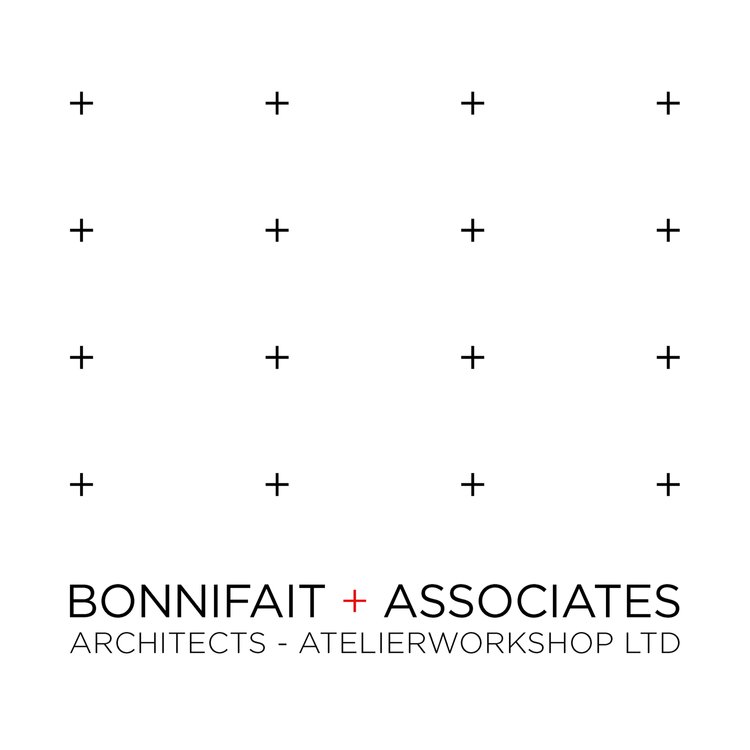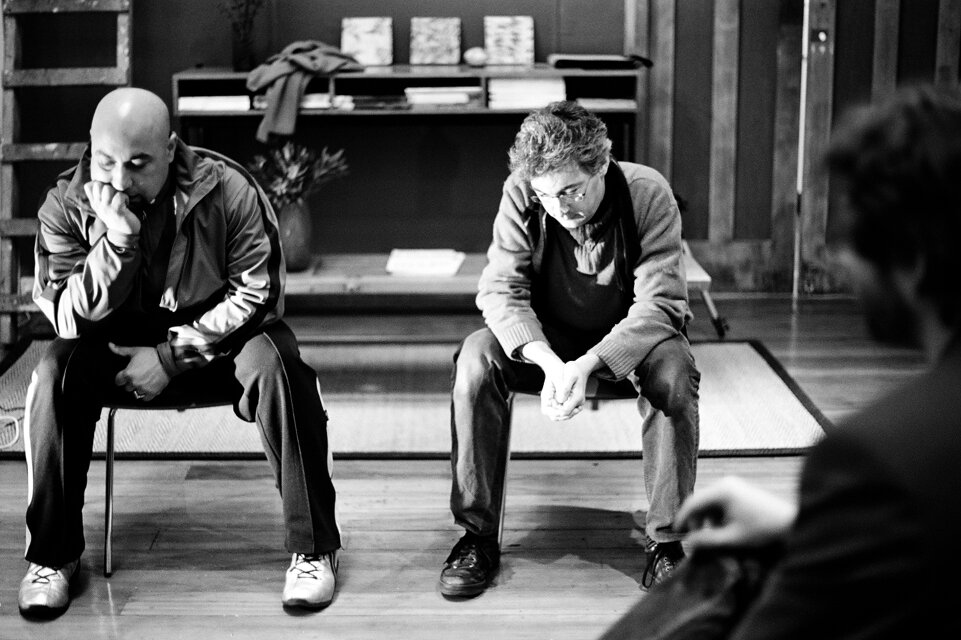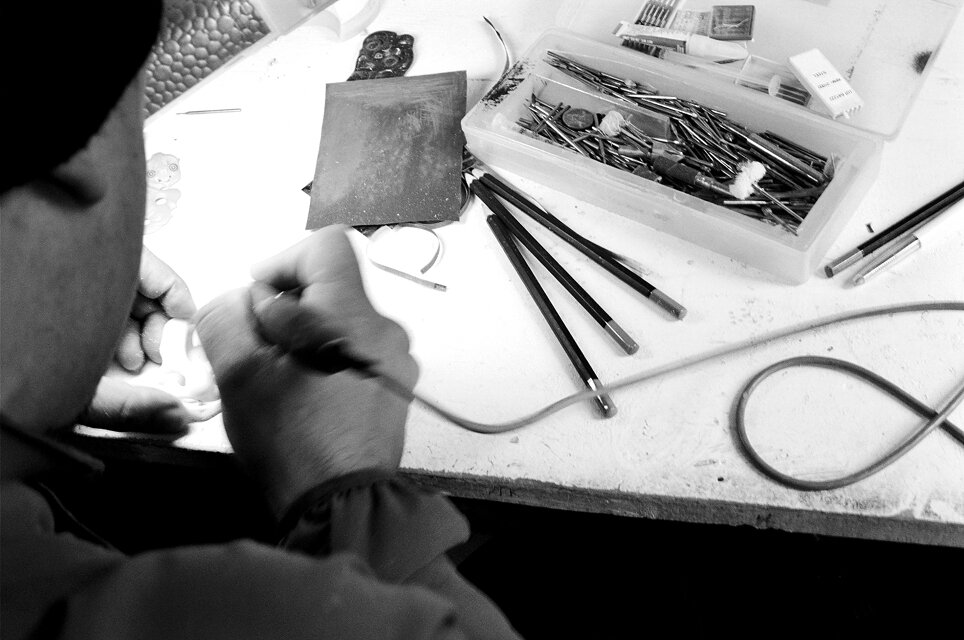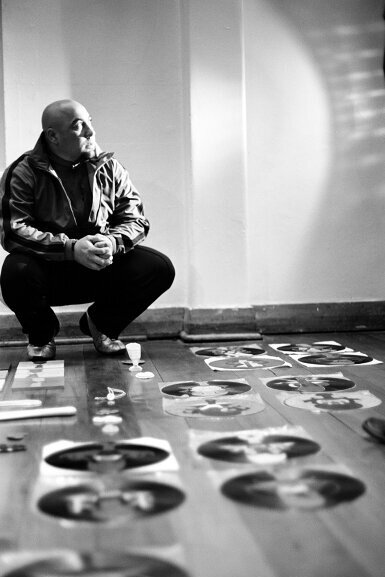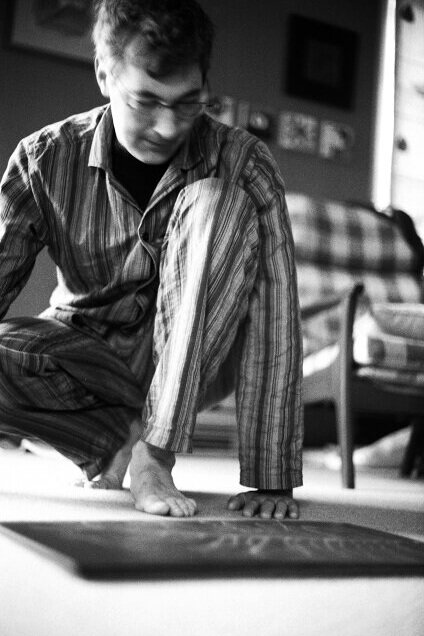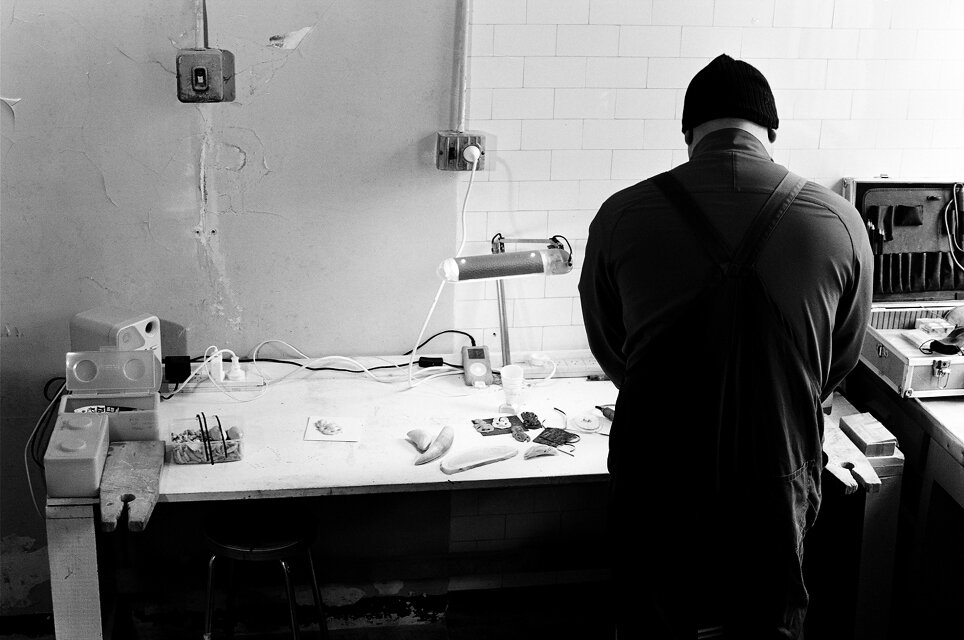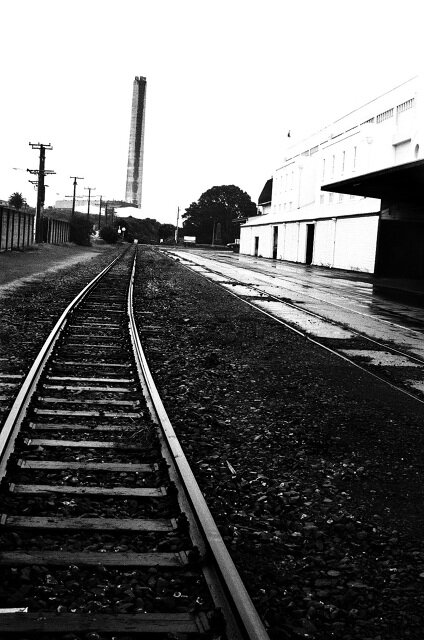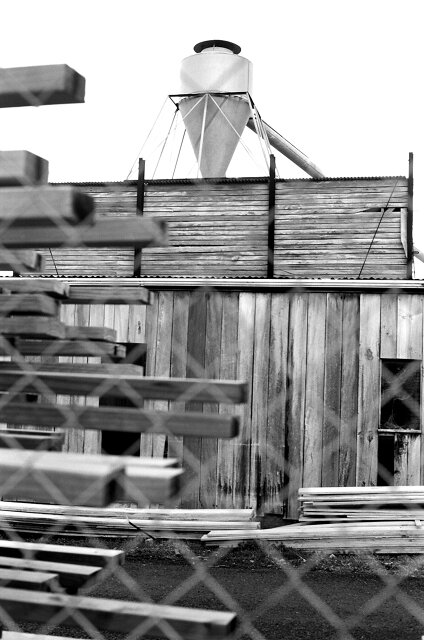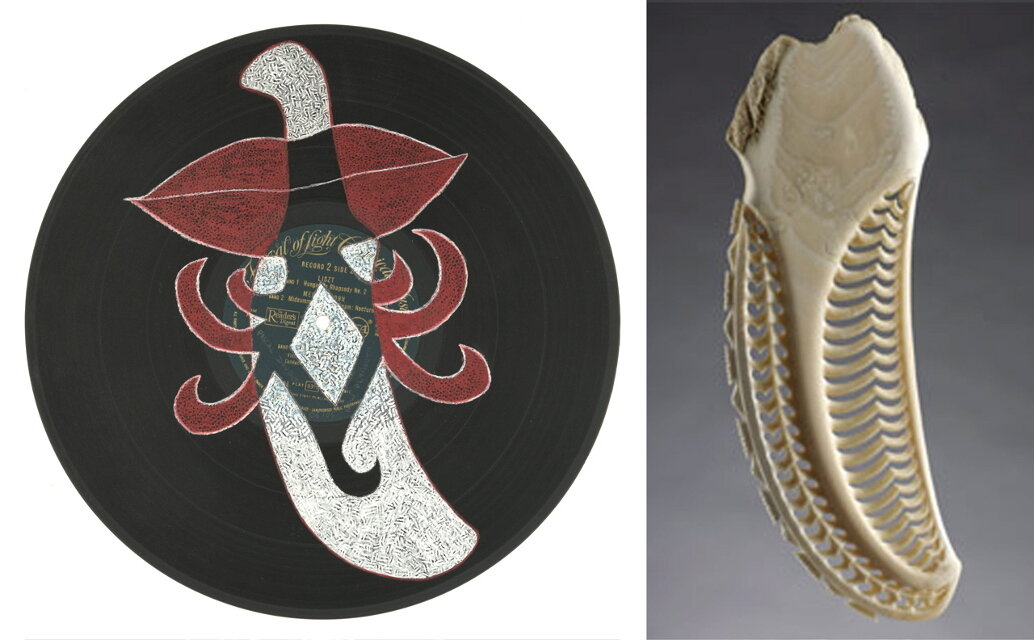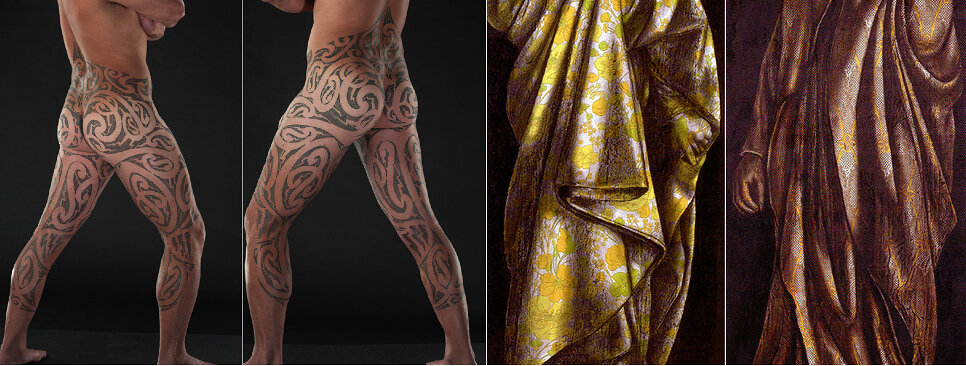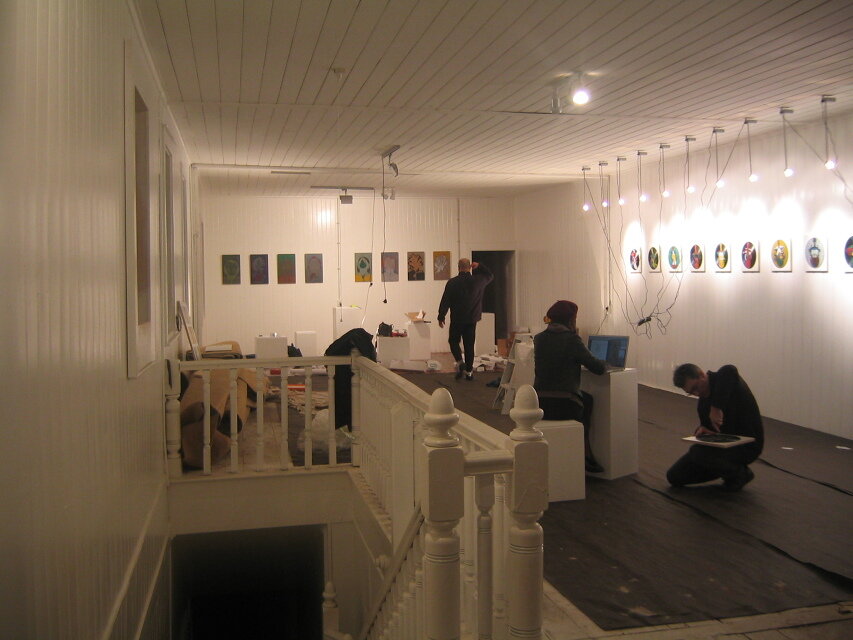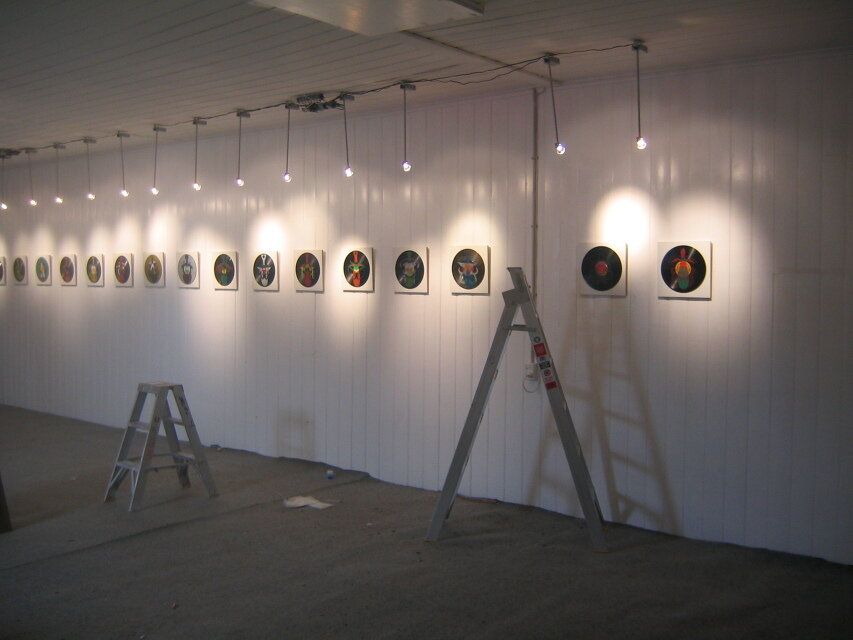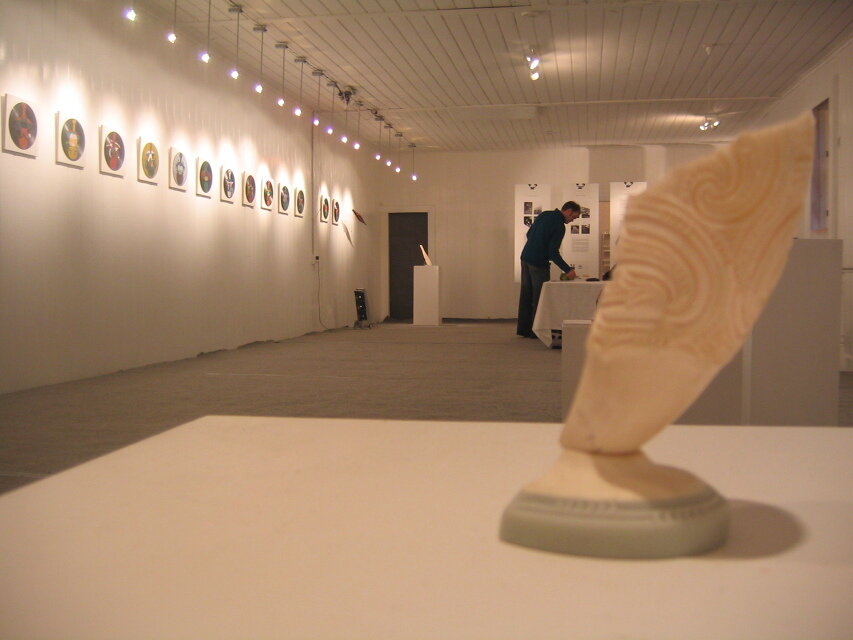ART & FACT ARTIST RESIDENCY
PASCAL DAUDON (Fr) - RANGI KIPA (NZ)
April-August 2005
Any productive examination of an environment through visual arts is predicated on a sound knowledge of that place and its history as well as the capacity to detach oneself critically from an environment one may be completely integrated within. An artist risks, when working within their own environment, not reaching a sufficient level of criticality; conversely, a critical ‘foreigner’ risks treating the subject superficially.
In Taranaki, with its experience from the nineteenth century onwards of encounter between Māori and Pākēha, traditional forms of life and art in Māori culture is challenged by the utopian idea of recommencement in a new land. In Taranaki, the production of ideal town plans forms but one trace of this hope applied to the problem at hand.
Of course, this region is microcosmic of an entire phenomenon in New Zealand and its encounter with travellers who arrive with preconceived notions, a poor grasp of the native tongue and a desire to impart culture rather than to learn from the pre-European peoples.
We proposed to re-enact this scenario through artistic collaboration—between a Māori artist of Taranaki and a French artist—but without the utopian innocence of the nineteenth century and without any certainty of who learned more from the process.
We took as a context the city of New Plymouth, and introduce Bordeaux artist Pascal Daudon to Māori artist Rangi Kipa. Working in different traditions, two dimensional compositions for the former and carving and sculpture for the latter, both artists engaged directly with evidence of the past in their respective territories, conducting a form of cultural archaeology performed through their art practice.
Collaborating in isolation for a period of four months prior to the Taranaki Festival of Art, the two artists, separated by language and culture, interrogated the region of the Taranaki. For Daudon this involved the application of a French cultural paradigm to a foreign territory; for Kipa, this necessitated seeing his own land again with clear eyes, indeed the eyes of a foreigner. And the converse is true also, for both artists: Daudon changed by his experience of this territory and Kipa’s relation to it, while Kipa was forced to rethink his own practices and perspectives in light of this ‘conversation’. For either artist, the process resulted in critique or endorsement of the other’s practice; however, both results have an equally productive impact on understanding better the territory of their collaboration.
As the consequences of this collaboration are less the works that emerge but the collaborative process itself.
The project was staged by the French-New Zealand collaboration atelierworkshop in the city of New Plymouth as an exhibition as part of the Taranaki Festival of the Arts 05—with the help of architectural writer Andrew Leach—who theorized the results of this project by way of commentary on the process and its consequences to the knowledge of place.
RANGI KIPA (NZ)
PASCAL DAUDON (Fr)
ART&FACT MANIFESTO
CONTEXT, TIME & SPACE
Through artistic practice and criticism, we draw attention to a constantly changing relationship between the present and its memory of the past. In this sense, our focus is on the instant of these practices and their relationship with material and historical contexts, as well as with systems enacting change itself. The artistic practice of the present moment is confronted by knowledge of the past, challenging rhetorical abstractions of identity, historical representation and contemporary technical, critical and cultural pressures upon urban culture. In considering the problem of temporal, spatial and historical context thus, we position creative practices as a constant re-writing of the history of art, and critical practice as a persistent challenge to the history written by this same art. Our target is a complex, multiple, perceptive understanding of the present and its historical, geographical, temporal and ideological construction, grounded by the specific investigation of cities, landscapes and urban materials.
CONSTRUCTION OF CULTURE
We accept that building at any scale offers a specific image of the future within the culture in which we build. By extension, we position practice as a creative response to (a) the perpetual instantaneous changes in historical perspective, (b) critical awareness of context and (c) critical consciousness of this fluidity as a critical context. In this sense, practice and its criticism bear the mutual responsibilities of disarming cultural clichés, with historical criticism holding practice responsible to a complex insight on the past and present, and with professional practice informing criticism of the limits of contemporary practice. The often incompatible definitions of the artist, cultural context and the professional structures of artistic practice call for exceptional diligence in accepting that these concepts are not universal. We seek to expose the productive friction of testing New Zealand’s artistic and urban cultures against those we encounter in Europe and in China, and vice versa, as our international frames of reference and collaboration.
CRITICAL DISTANCE
We specifically seek modes of creative and critical practice that pose challenges to the norms that might otherwise evade rigorous investigation. For us, travel offers a decisive metaphor for the approach we take to our respective practices. Like the anthropologist, geographer or archaeologist, we attempt to read our context in a critically detached mode, knowing that critical distance allows us to see what we are otherwise too close to understand. Unlike these scientific figures, though, we offer up the bases of our judgements for further scrutiny at the same time as we use them in our work. We take specific interest in exploring the challenge afforded by almost constant contact with the globe through travel between a number of critical points, determined by our work and implicated by our practice as subjects. International travel, combined with the electronic accessibility of global knowledge, imbues our work with critical values not possible through one of these alone. Elaborating upon the critical scenario of working in familiar and unfamiliar environments, we first seek to explore a French-New Zealand axis of criticism, documentation and practice.
MULTI-DISCIPLINARY
We take a number of approaches to the subject of our study, simultaneously considering creative outcomes through artistic and architectural practice and critico-historical consequences not directly tied to practice, but informing it nonetheless. The teams we construct for individual projects range in size and the diversity of expertise; the projects themselves determine the nature of the team that an object of study might sustain. For the Taranaki project, we bring together artists, writers, producers and a documentary cinematographer to understand the critical deformations that occur by observing and testing artistic practices in situ and by anchoring these firmly to the ideas and realities of a place. Future iterations of this operative-critical make-up will be informed by the urban-landscape setting at stake.
LONG-TERM
We are developing a mode of professional and critical practice that persistently questions, through rigorous analysis and experimentation, New Zealand culture from every perspective. Each time, we take a specific setting, landscape or urban, and investigate a series of potential ways of simultaneously knowing and destabilising our knowledge of that site through creative and critical practices. We will bring analyses and practices the result from this focus on New Zealand to bear upon other geographies, cultures, through intellectual and artistic exchange, international residencies and critical relationships with institutions around the world. We thus anticipate developing a praxis of critical and operational work that remains open for as long as collaborations can be brought to bear upon problems of urban and landscaped cultural constructions and the formulation of their identity.
